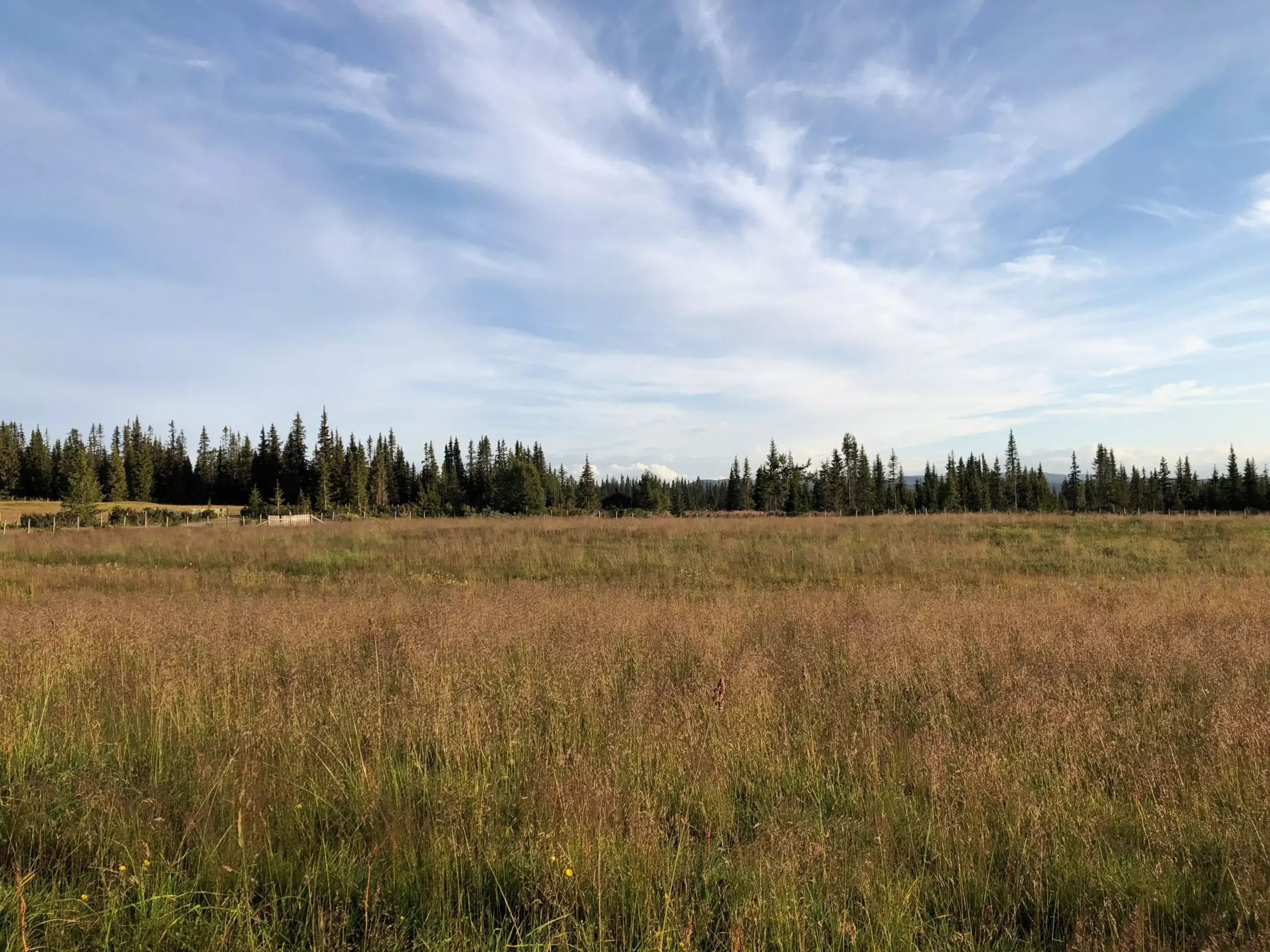As the climate crisis intensifies, an unexpected consequence looms on the horizon: the competition between land intended for food production and that designated for timber cultivation. A recent study conducted by researchers at the University of Cambridge highlights a significant outcome of climate change: the shifting zones where crops can be grown will encroach upon vital timber-producing areas, essentially pitting two of society’s most critical resources against one another. This intriguing interplay between agricultural needs and timber resources not only underscores the urgency of addressing climate-related challenges but also prompts a reevaluation of land utilization strategies.
In the face of escalating global temperatures, agricultural practices are experiencing a profound geographical shift. Expectedly, in regions like Britain, vineyards are flourishing as hotter summers create favorable conditions for grape cultivation. However, this success masks a growing concern for agriculturalists and ecologists alike: as areas once suited for traditional farming move northward, they threaten to encroach upon forests crucial for timber production. The implications of this shift are stark, suggesting that in the not-so-distant future, food and timber producers will be engaging in a struggle for increasingly scarce land resources.
Dr. Oscar Morton from the University of Cambridge explicates this impending dilemma, stating, “The land we can effectively utilize for both food and timber is finite. As agriculture is pushed to expand northwards due to climate change, the timber sector will undoubtedly face mounting pressure.” This competition is positioned to escalate, particularly in light of projections that global demand for food and wood will approximately double by 2050.
The study points to a grim possibility where over 320 million hectares of existing forestry land—an area surpassing even that of India—will become favorable for agricultural activities by century’s end, should unmitigated climate change persist. The geographic distribution of this impact is telling: around 90% of the timberlands transitioning to agricultural use by 2100 are located within the northern hemisphere, predominantly in the United States, Canada, China, and Russia. This dramatic land-use change will favor agricultural crops such as soy, potatoes, and wheat, particularly in the vast expanses of Russian timberlands.
Dr. Chris Bousfield, another pivotal contributor to this study, brings attention to the proactive measures that must be undertaken to ensure a sustainable wood supply in the future. “The trees that will be logged by the end of this century are already planted but grow at much slower rates compared to food crops,” he cautions. This creates a paradoxical scenario where immediate needs and long-term sustainability clash.
The ramifications extend into the ecological domain, where heightened competition for land between agriculture and timber could lead to detrimental practices. The study highlights the potential for timber production to shift deeper into biodiverse tropical or boreal regions, which have remained untouched for centuries. Engaging in such practices not only threatens biodiversity but could also unleash significant carbon emissions, compromising efforts to mitigate climate change. David Edwards, a notable author of the study, emphasizes the necessity of safeguarding these precious ecosystems. “We must prevent the encroachment into primary forests, which represent some of the most biodiverse areas on our planet,” he argues.
Even under optimistic scenarios where net-zero emissions targets are met, considerable transitions in suitable land for timber and crop production will persist. Thus, strategic foresight is imperative. The global economy currently depends on timber to the tune of $1.5 trillion every year, and recent extreme weather events—such as heatwaves and wildfires—have further diminished timber resources worldwide. Coupled with pest proliferation exacerbated by climate change, securing a future wood supply emerges as an increasingly precarious endeavor.
Both experts are in agreement on a critical point: while the urgency of food security tends to dominate public discourse, wood also plays an essential role in our daily lives. “We need to develop strategies that secure both our food and wood supplies in the coming years,” urges Morton. This calls for an innovative approach to land management and resource allocation, one that balances agricultural needs with ecological sustainability.
As the complexity of climate-induced challenges unfolds, the need for integrated solutions becomes increasingly evident. Policymakers, agriculturalists, and timber producers must collaborate to craft sustainable practices that recognize the interdependence of their respective industries. This collective effort will not only foster resilience against climate change but also safeguard the ecological integrity of the planet, ensuring that future generations inherit a balanced and thriving ecosystem. The competition for land may represent a significant challenge, but it can also serve as a catalyst for innovative solutions that harmonize our urgent needs for food, timber, and environmental preservation.


Leave a Reply